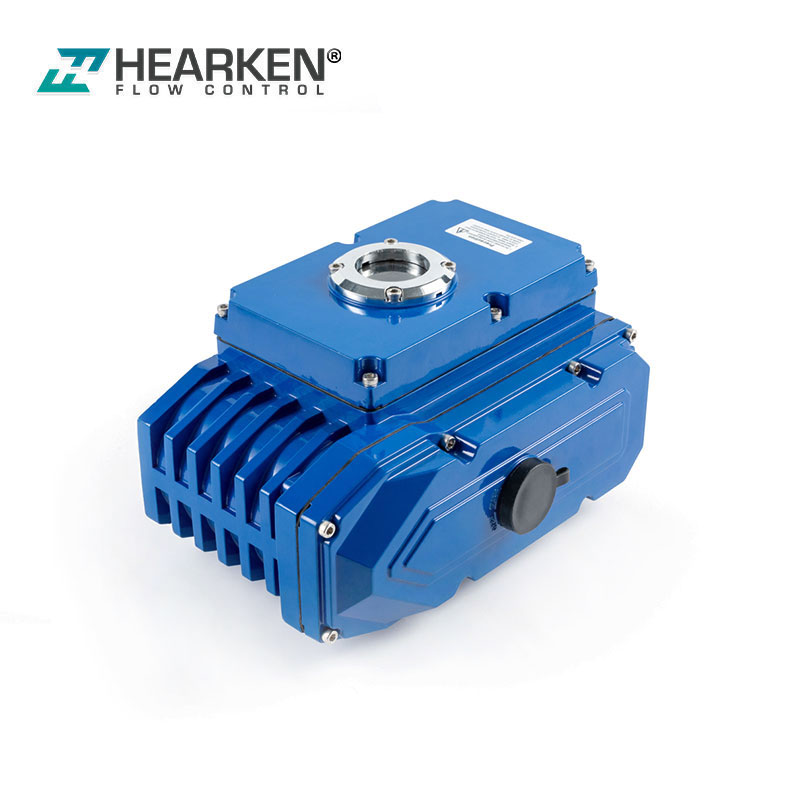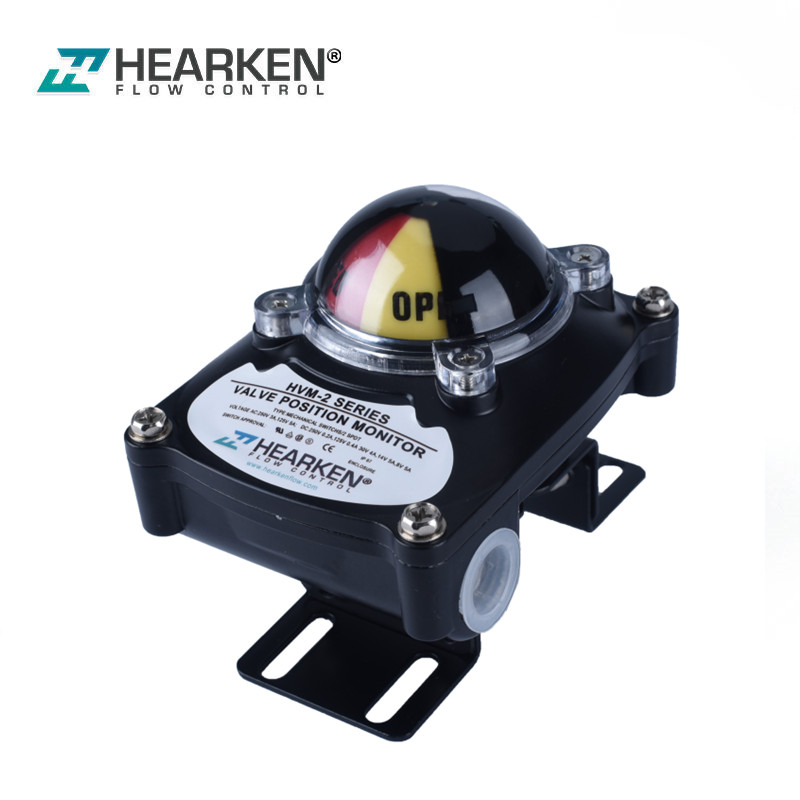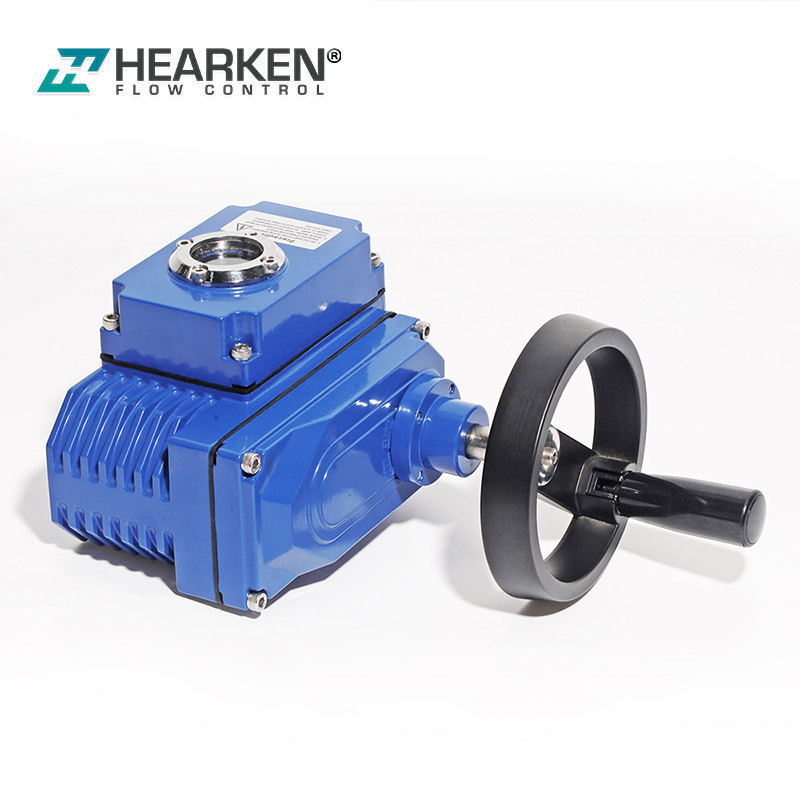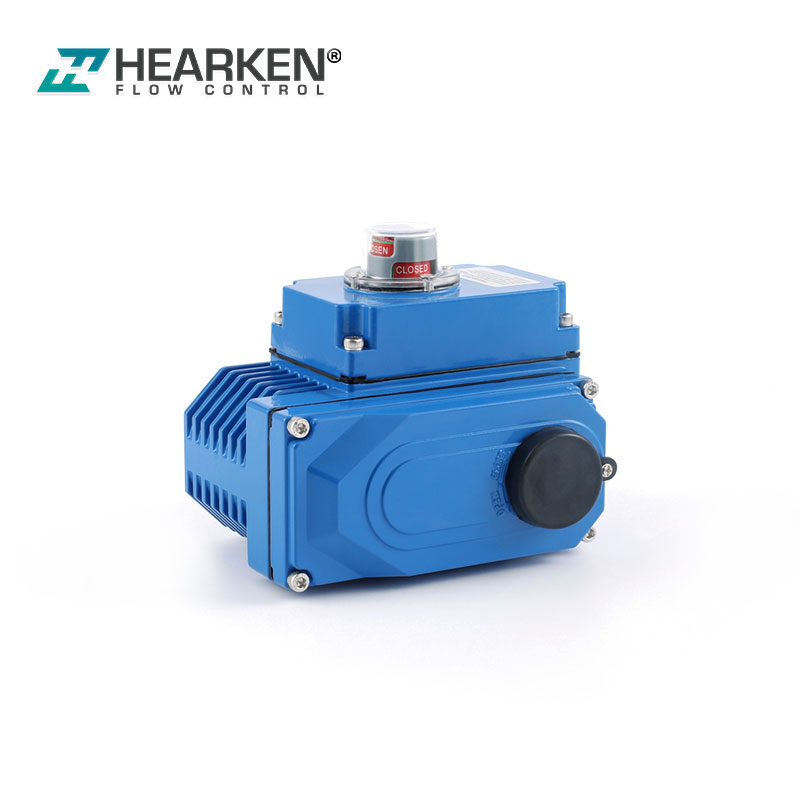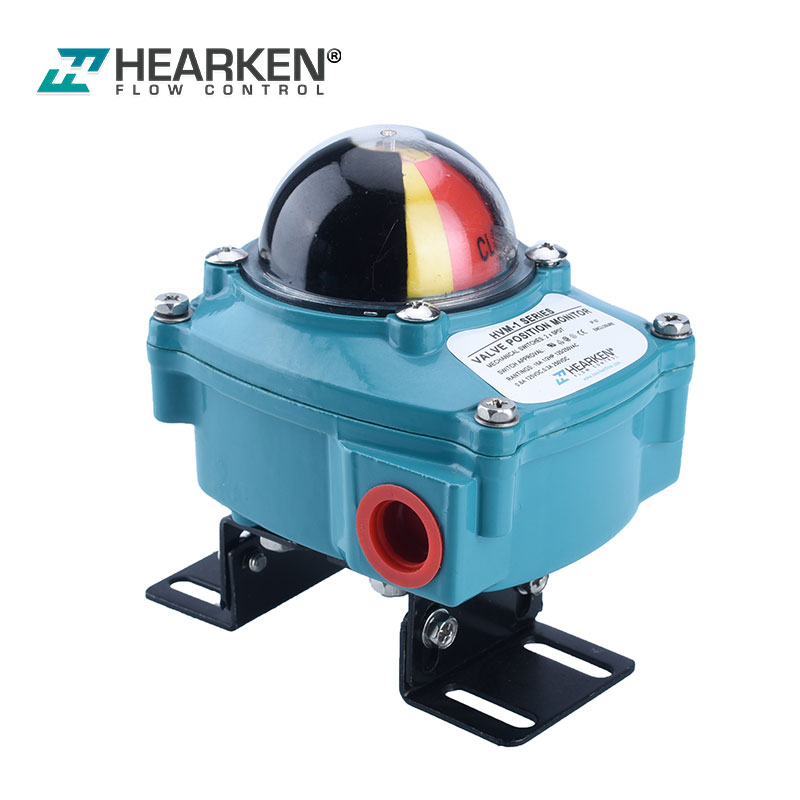Hygienic Valves for Food Packaging: Ensuring Safety with Corrosion-Resistant & Easy-Clean Designs
Ensuring the safety of products is a crucial mandate for the food packaging industry. This requires equipment that can withstand rigorous procedures without compromising integrity and maintaining strict hygiene compliance. Sanitary valves sit at the core of these lines. They are precise gatekeepers for ingredients and fluids. Their design favors easy cleaning and corrosion resistance. These features prevent contamination, guarantee product quality, and maintain operational effectiveness.
Hygienic Valves’ Crucial Function in Food Safety
Maintaining sterile, hygienic conditions is essential in the food, beverage, and life science sectors. Inferior or malfunctioning equipment can cause costly recalls, harm a brand’s reputation, and lead to loss of operating authorization. Hygienic valves, such as butterfly valves and stainless steel ball valves, are specifically designed to prevent these risks. They meet strict food safety standards (e.g., FDA and EC 1935/2004), and their non-toxic, smooth surfaces help keep products pure and free from contamination.
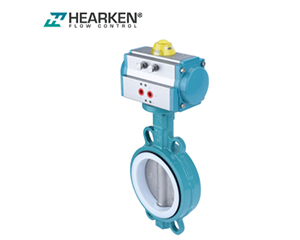
Why Resistance to Corrosion Is Non-Negotiable
Processing food and beverages relentlessly exposes workers to a barrage of aggressive chemicals, from caustic soda and sterilants to acidic juices and dairy products. These harsh environments quickly overwhelm conventional materials and immediately lead to:
Material Degradation: The structure of the valve is weakened by corrosion, which may lead to malfunctions and leaks.
Product Contamination: There is a significant safety risk when rust and corrosion particles flake off into the product stream.
Expensive Downtime: Replacing damaged valves on a regular basis raises maintenance expenses and interrupts production.
To combat this, advanced hygienic valves are constructed from highly corrosion-resistant materials. While stainless steel 304 is common, 316L stainless steel is preferred for its superior resistance to chlorides and acids. For the most extreme conditions, such as processes involving strong acids or high-salinity environments, specialized alloys are utilized. The sealing materials within the valves, such as EPDM, PTFE, or NBR, are also carefully selected for their chemical compatibility and resistance to degradation. This ensures a long service life and protects the integrity of the production line.
The Easy-Clean Valves’ Design Concept
A valve that is hard to clean is a liability. Easy and efficient cleaning is a top priority in modern sanitary valve design, frequently achieved through Clean-in-Place (CIP) and Sterilize-in-Place (SIP) techniques. This lowers the possibility of human error during cleaning and does away with the need for laborious disassembly. Important design elements that make this possible include:
Smoothed, Polished Surfaces: The interior of the valve is polished to a very low surface roughness (Ra ≤ 0.4 μm, for example). Surfaces are shielded from bacteria and product residues by this incredibly smooth finish.
Zero Dead Legs: Areas where fluid can become trapped and stagnate, a common source of microbial contamination, are eliminated in the designs.
Drainability: After cycles, no cleaning solution or product residue will collect inside, thanks to the valves' complete self-draining design.
By reducing downtime for cleaning, this emphasis on simple, clean operation increases productivity and ensures that the hygienic standard needed for safe food packaging is continuously met.
Selecting the Right Valve for Your Application
Choosing the correct valve is crucial for optimal performance and safety. The food packaging industry relies on several types of valves, each suited to specific functions:
Stainless Steel Ball Valves: Ideal for on/off control, these valves offer a tight seal and minimal pressure drop. Food-grade ball valves are prized for their reliability in applications like ingredient loading, product transfer, and CIP systems. Three-way ball valves provide more complex flow diversion capabilities.
Non-Toxic All-Plastic Ball Valves:Made from FDA-compliant polymers like PP, these valves are excellent for handling highly corrosive chemicals or in situations where metallic contamination is a concern. They are lightweight, cost-effective, and offer excellent chemical resistance.
Butterfly Valves: Perfect for handling large flow volumes with a compact design, sanitary butterfly valves are often used in lower-pressure applications for products like milk, beer, or juices. Their simple design allows for quick actuation and easy maintenance.
When selecting a valve, consider the product being handled, the process temperature and pressure, the required frequency of cleaning, and the necessary flow control (on/off vs. modulating).
Hygienic valves feature polished surfaces and clean lines to prevent bacterial buildup and allow for easy cleaning.
HEARKEN Your Partner for Hygienic Flow Solutions
Choosing the appropriate valves for your food packaging business is a difficult choice that directly affects the efficiency of your plant and the safety of your product. It's crucial to collaborate with an informed supplier.
Strong sanitary valve solutions made to meet the exacting requirements of the food and beverage sector are HEARKEN’s specialty. Our selection of easy-to-clean, corrosion-resistant valves, which includes butterfly and ball valves made of stainless steel, is designed to satisfy the strictest reliability and hygienic requirements.
If you have any interests, PlS CONTACT US.

